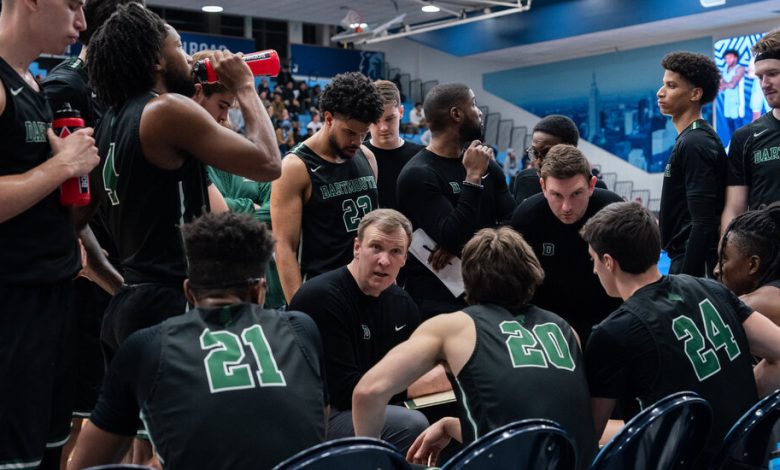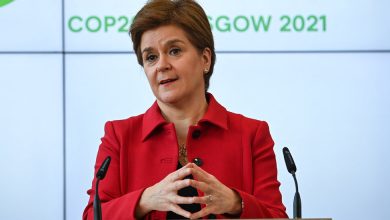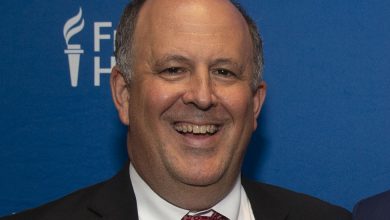What Would Paying Student Athletes Look Like?

“Unions are tricky for college sports,” Jay Bilas, the ESPN college basketball analyst, said over the phone the other day, “because you’ve got public and private institutions and different state laws.”
“It’s not impossible to have a union of college athletes,” he said, “but it would be difficult.”
Bilas, who is a vocal critic of the National Collegiate Athletic Association, was referring, of course, to the news on Tuesday that the Dartmouth College men’s basketball team had voted 13 to 2 to form a union. He was skeptical that this latest shot across the N.C.A.A.’s bow would lead anywhere. Still, it was the latest example of the pressure the association is under to finally abandon “amateurism” — the N.C.A.A.’s long-held dogma that prevents college athletes from being paid. Of course over the past few years, many athletes have been able to put money in their pockets, thanks to so-called NIL payments (NIL stands for name, image and likeness). But that’s an ad hoc system, organized largely by supporters of the athletic department, that allows some athletes to bring in millions while others make nothing. It’s not the same as universities paying athletes they employ.
Bilas said it was clear that schools would soon have to pay their athletes in sports that bring in a lot of money, like football and men’s basketball. And he’s not the only one. Jeffrey Kessler, the lawyer who won the big antitrust case against the N.C.A.A. before a unanimous Supreme Court in 2021, has another case against the organization that is scheduled to go to trial in January. The suit alleges that college athletes have been illegally deprived of any payment for having their names, images and likenesses used in promotional broadcasting that have earned millions for big athletic conferences like the Big Ten. If he were to win that case — and the odds are in his favor — the N.C.A.A. and the conferences could be liable for up to $4 billion.
Although the N.C.A.A. remains stubbornly resistant to settling the antitrust cases against it, the prospect of paying billions in damages might finally bring the organization to the table. Either through a court victory or a settlement, the litigation could, Kessler said, lead to “the complete transformation of the current structure so that the athletes who generate all the revenue can receive fair compensation for what they are contributing.”
But if a new structure arose to compensate players, what would it look like? Andy Schwarz, an economist deeply involved in the fight to transform the N.C.A.A., told me that he could very well see unions playing a part — but it would be a different kind of union from what the Dartmouth players were trying to do. “You would have conference-level unions to negotiate the terms of employment and to enshrine in contracts the rights and duties of an athlete,” he wrote in an email. “In my view, the schools would provide the education and the conferences would be employing the athletes to be participants on a television program.” In other words, each conference would agree to a kind of collective bargaining agreement with a players’ association, just like professional sports.
Which still leaves the question of how individual players are paid under the umbrella of the collective bargaining agreement. Bilas told me that whenever he had been asked that question, he replied: “This is really simple. Just have a contract between the athlete and the school. Just like the rest of American business does.”



